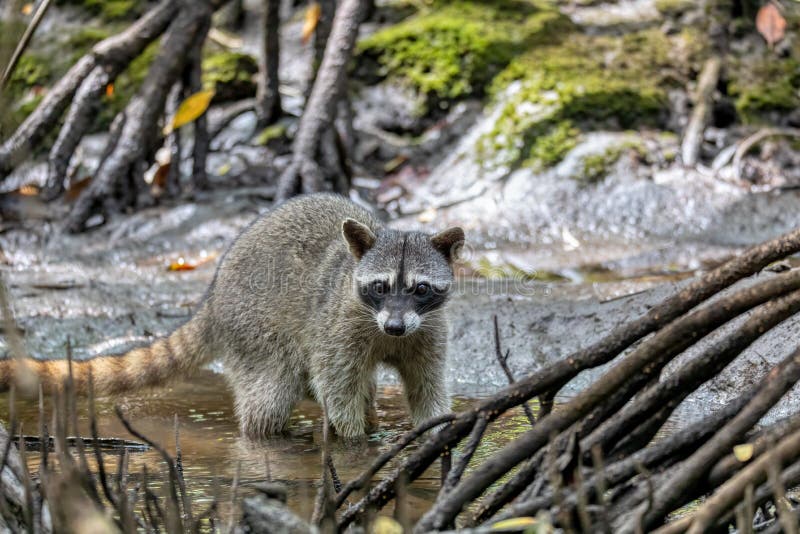
Crabeating Raccoon or South American Raccoon, Curu Wildlife Reserve
The tropical "crab-eating raccoon," P. cancrivorus, ranges from Costa Rica through most areas of South America east of the Andes down to northern Argentina and Uruguay. A much rarer species, the "Cozumel raccoon," P. pygmaeus, is native to Cozumel Island off the Atlantic coast of Yucatan .

Crabeating Raccoon at Wissel Zoo, Epe, 01/06/12 ZooChat
Crab-eating raccoons are native to Central and South America. They resemble the common raccoon with their bandit mask and ringed tail. Unlike the common raccoon though, the hair on the nape of the neck points towards the head, rather than backward.

Crabeating Raccoon at BestZoo 16/05/09 ZooChat
The coati (Nasua nasua) and the crab-eating raccoon (Procyon cancrivorus) are sympatric procyonids that are relatively abundant and appear to exhibit tolerance towards moderate levels of anthropogenic modification. However, there are differences in their social behavior and activity patterns. Here we evaluated the probability of detection, occupancy, and daily activity patterns of these two.

Crabeating Raccoon at Wissel Zoo, Epe, 01/06/12 ZooChat
The crab-eating raccoon (Procyon cancrivorus) is a species of raccoon native to marshy and jungle areas of Central and South America (including Trinidad and Tobago). It is found from Costa Rica south through most areas of South America east of the Andes down to northern Argentina and Uruguay. That it is called the crab-eating raccoon does not mean that only this species eats crabs, as the.

Crabeating raccoon Brian Gratwicke Flickr
Like their cousin, the common raccoon, crab-eating raccoons also have a distinctive mask around their eyes and a bushy-ringed tail. However, the hair on the nape points towards the front rather than backward in common raccoons. The fur on the body is brownish-grey, while the legs and feet are dark-brown.

Crabeating Raccoon
Procyon is a genus of nocturnal mammals comprising three species commonly known as raccoons in the family Procyonidae. The most familiar species, the common raccoon ( P. lotor ), is often known simply as "the" raccoon, as the two other raccoon species in the genus are native only to the tropics and less well known.
Crabeating raccoon harassing and attempting to predate on a juvenile
The crab-eating raccoon is more restricted to habitats than the northern raccoon and where the species overlap, the crab-eating raccoon is mainly found near inland rivers while the northern raccoon is found close in swamps and beaches. They spend the days denning in hollow trees (Eisenberg and Redford, 1999). SEXUAL BEHAVIOUR.

Costa Rica Crabeating raccoon (Procyon cancrivorus) in 2020
Other articles where crab-eating raccoon is discussed: raccoon: The crab-eating raccoon (P. cancrivorus) inhabits South America as far south as northern Argentina. It resembles the North American raccoon but has shorter, coarser fur. The other members of genus Procyon are not well known. Most are tropical and probably rare. They are the Barbados raccoon…

Crabeating raccoon ZooChat
Class: Mammalia Order: Carnívora Family: Procyonidae Genre: Procyon Species: Procyon cancrivorus Common name: Crab-eating raccoon Click to enlarge - Source: IUCN Click to learn more The crab-eating raccoon is very similar to the North American raccoon (Procyon lotor), its most famous cousin.
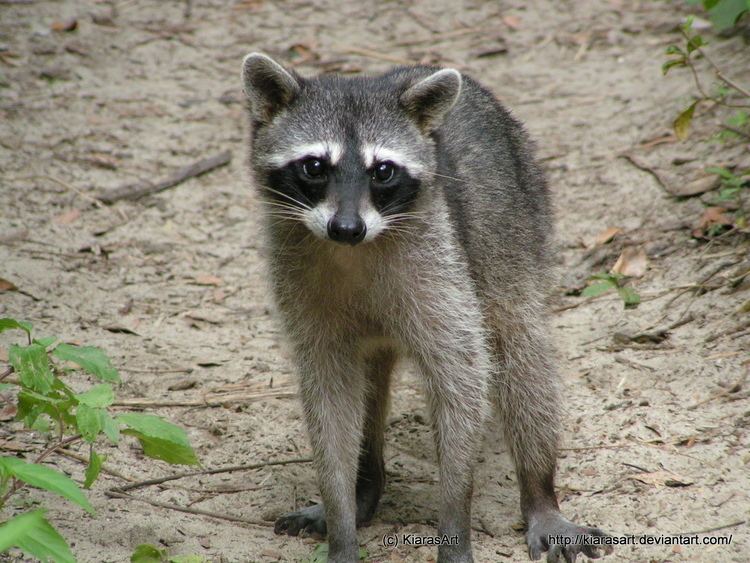
Crab eating raccoon Alchetron, The Free Social Encyclopedia
Procyon cancrivorus (Crab Eating Raccoon) is a species of mammals in the family raccoons. They are native to The Neotropics. They are solitary, nocturnal omnivores. Individuals are known to live for 168 months and can grow to 602.86 mm. They have parental care (female provides care). They rely on arboreal (locomotion) and running to move around.
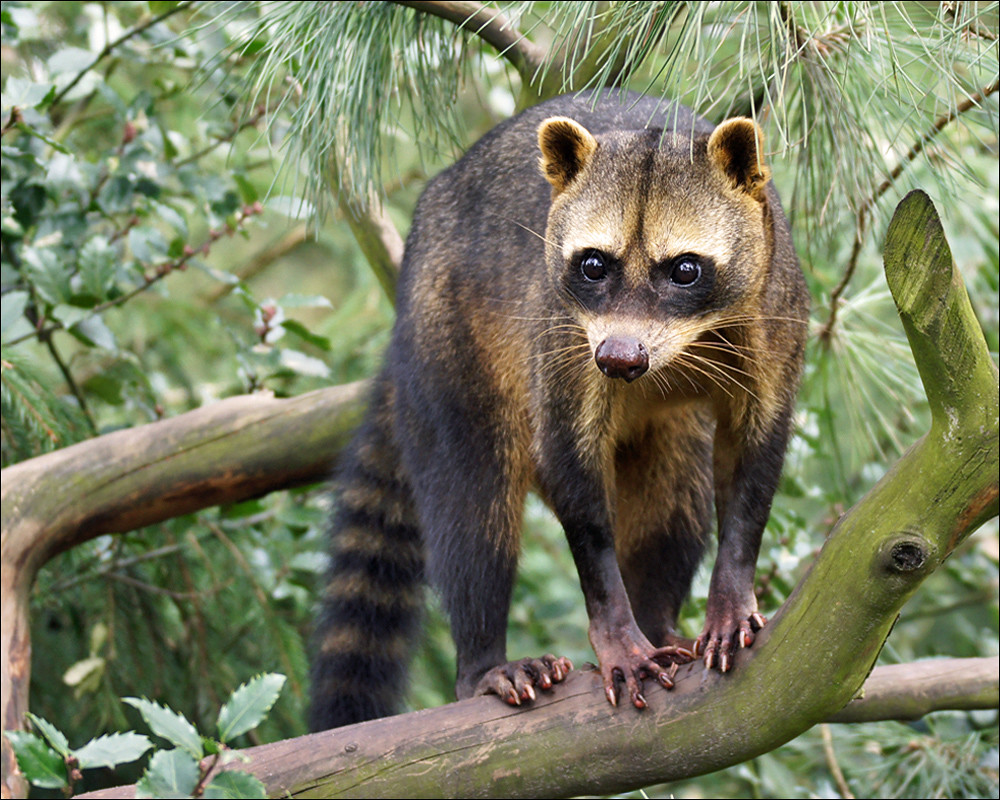
South American Raccoon The Crabeating Raccoon (Procyon ca… Flickr
Diet and anatomy The crab-eating raccoon eats crabs, lobsters, crayfish, other crustaceans, and shellfish, such as oysters and clams. It is an omnivore and its diet also includes, for example, small amphibians, fish, insects, [3] small turtles, [4] turtle eggs, fruits, nuts, and vegetables. [4]
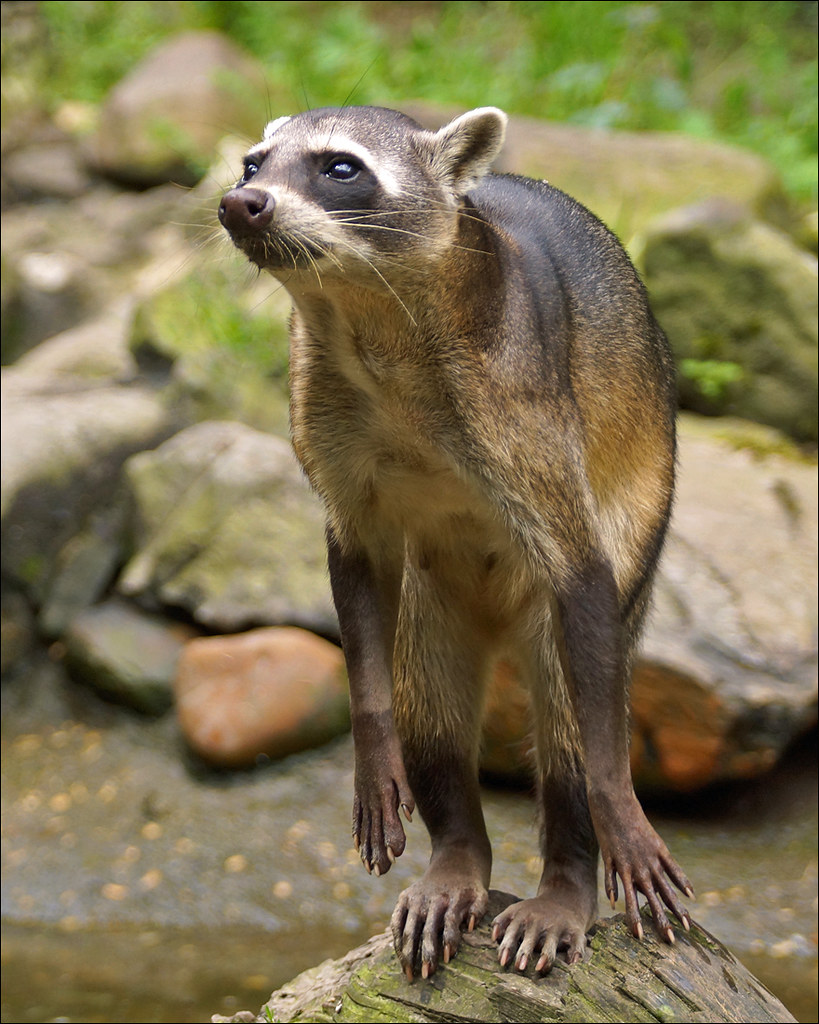
Crabeating Raccoon [Explored] The Crabeating Raccoon (Pr… Flickr
The crab-eating raccoon or South American raccoon ( Procyon cancrivorus ) is a species of raccoon native to marshy and jungle areas of Central and South America (including Trinidad and Tobago ). It is found from Costa Rica south through most areas of South America east of the Andes down to northern Argentina and Uruguay.
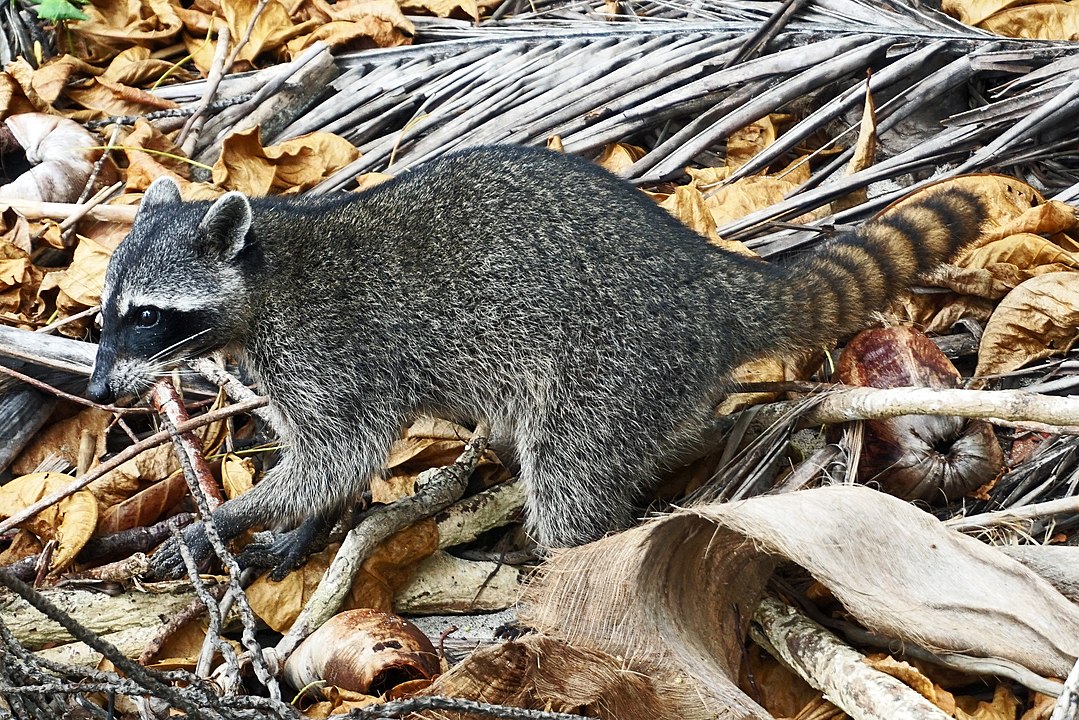
5 Quick Facts About The Crabeating Raccoon Things Guyana
What is a raccoon? What do raccoons eat? What do raccoon tracks look like? What are raccoon babies called? How do raccoons behave in cities versus in the wild? Watch a North American raccoon scale a tree to steal eggs from a red-tailed hawk's nest

Crabeating raccoon Brian Gratwicke Flickr
The crab-eating raccoon's scientific name is Procyon cancrivorus. Procyon means "doglike" and cancrivorus means "crab-eating." Its Spanish name is mapache cangrejero, which translates to crab-eating raccoon in English. I think it's safe to say this little creature eats crabs.
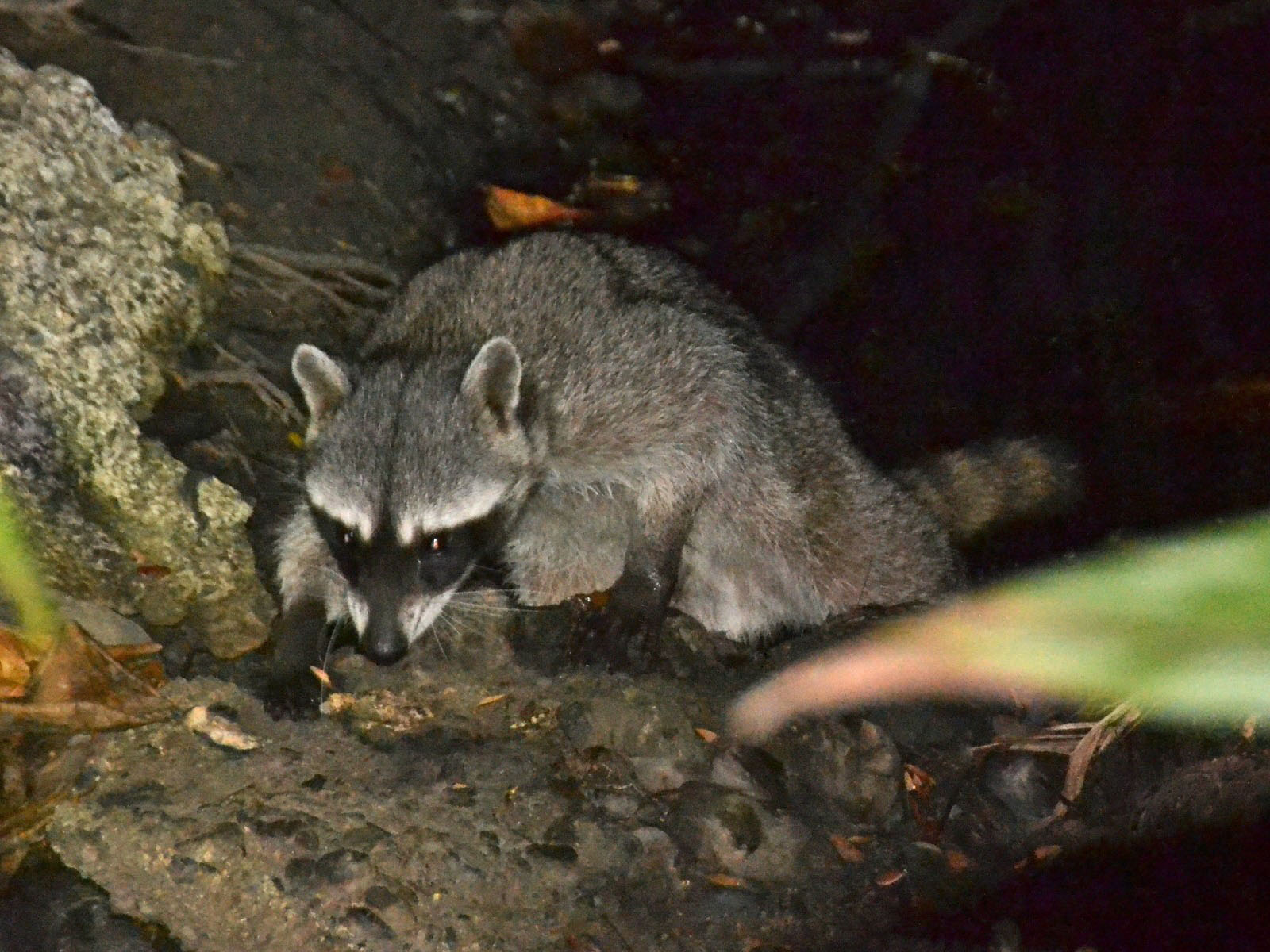
The Online Zoo Crabeating Raccoon
The crab-eating raccoon ( Procyon cancrivorus ), also known as the South American raccoon, is native to Central and South America. Like the common raccoon ( Procyon lotor ), it has a bushy, ringed tail and a black mask around its eyes. But what makes this species unique is its love of waterways where it catches its favorite food: crabs.

Crabeating Raccoon
Where both species overlap, crab-eating raccoons mainly occupy lands surrounding inland rivers, whereas northern raccoons occupy swamps and beaches. This species is generally found at lower elevations. ( De Fatima, et al., 1999; De La Rosa and Nocke, 2000; Eisenberg and Redford, 1999) Habitat Regions tropical terrestrial